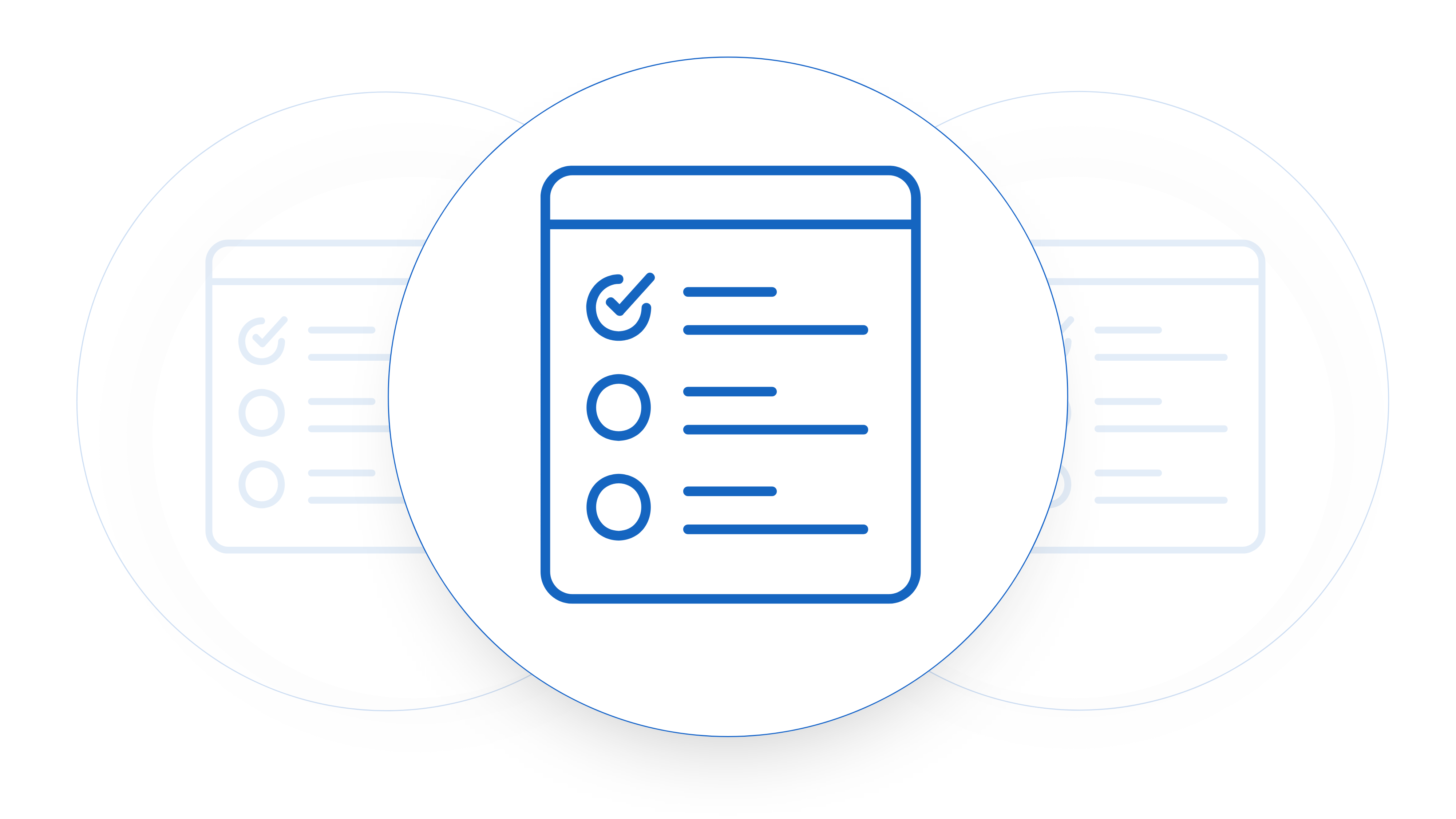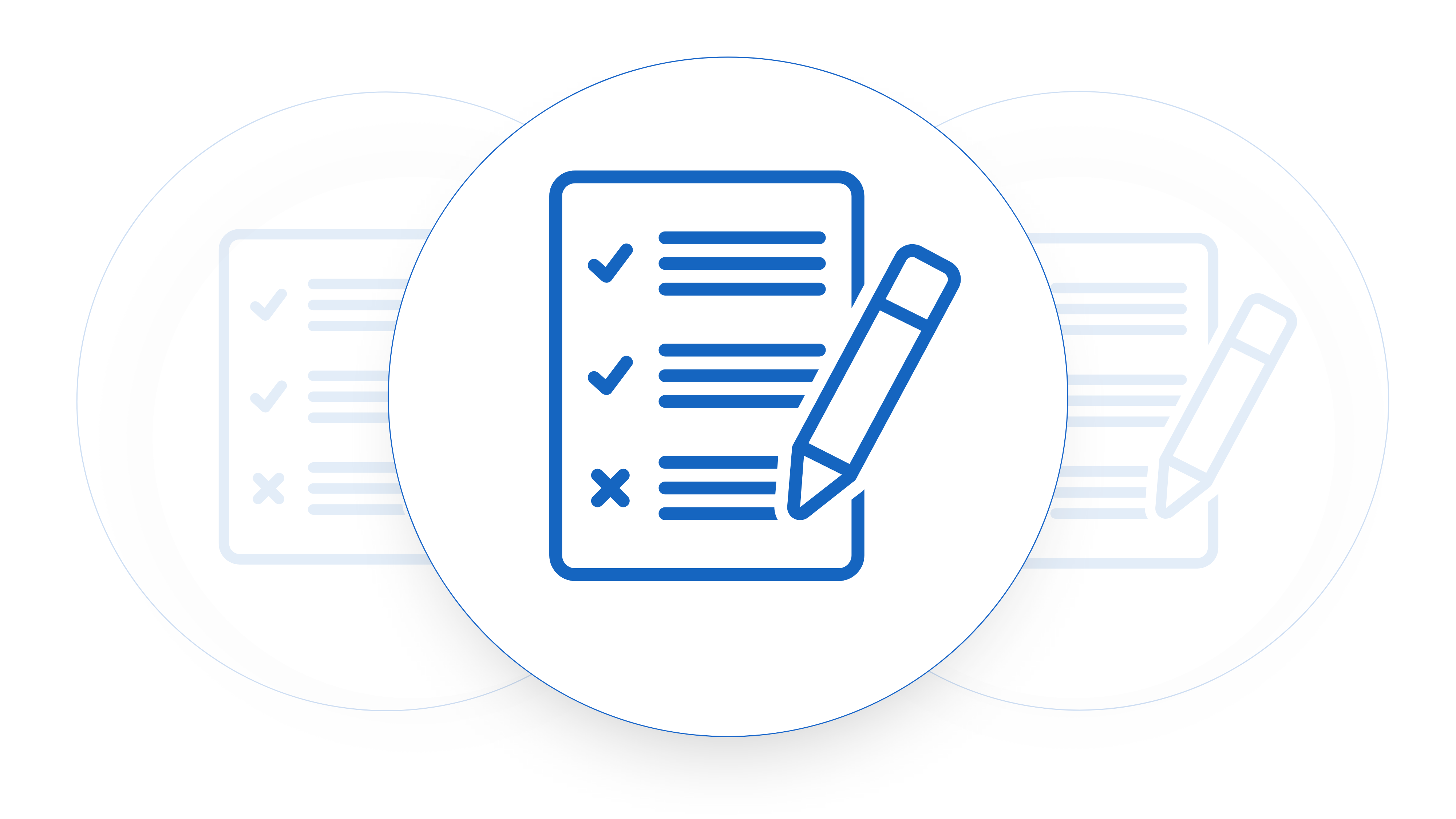Non-disclosure agreements (NDAs) and mutual non-disclosure agreements aim to safeguard your company’s most valuable asset – its intellectual property. In startup land this is most likely going to be the most important thing that your company owns. They set you up with some general protection to allow you freedom to share information about your company, whether it be customer information or code. But what data should an NDA cover? There are some general terms that you can ensure you include in your NDA to make sure it’s not too aggressive for the person receiving it for signing.
What Data Should An NDA Cover?
An NDA for a Software as a Service (SaaS) company should cover various aspects to ensure the protection of sensitive information and intellectual property. Here’s a list of data and information an NDA for a SaaS company typically should cover:
1. Definition of Confidential Information:
Clearly define what constitutes confidential information. This may include software source code, algorithms, business plans, financial information, customer lists, marketing strategies, and any other proprietary information.
2. Purpose of Disclosure:
Specify the purpose for which the information is being disclosed. For example, it might be for evaluation purposes, collaboration, or for the provision of services.
3. Scope of Confidentiality:
Outline the obligations of the recipient concerning the handling and protection of the confidential information. This should include restrictions on use, disclosure, reproduction, and modification.
4. Exclusions:
Specify non-confidential information, such as data already in the public domain or independently developed by the recipient.
5. Duration of Agreement:
Define the duration for which the confidentiality obligations will apply. This could be for a specific period or indefinitely.
6. Obligations of Recipient:
Clearly state the responsibilities of the recipient regarding the protection of confidential information, including measures to safeguard the information from unauthorized access, use, or disclosure.
7. Permitted Disclosures:
Identify circumstances allowing the recipient to disclose confidential information, such as to employees or contractors with a need-to-know basis or as mandated by law.
8. Return or Destruction of Information:
Specify what should happen to the confidential information upon termination of the agreement, including whether it should be returned to the disclosing party or destroyed.
9. Ownership of Intellectual Property:
Clarify the ownership of any intellectual property or proprietary rights associated with the confidential information.
10. Non-Solicitation:
Include provisions preventing the recipient from soliciting or hiring employees or contractors of the disclosing party.
11. Jurisdiction and Governing Law:
Specify the jurisdiction and governing law that will apply to the agreement, as well as any dispute resolution mechanisms.
12. Miscellaneous Provisions:
Include any other relevant provisions, such as remedies for breach, waivers, or amendments to the agreement.
It’s important to tailor the NDA to the specific needs and circumstances of the SaaS company, seeking legal advice if necessary to ensure comprehensive protection of confidential information.

Contract Management Made for Startups
Set Tasks, Negotiate Faster
Example of An NDA Data Clause
There are many ways you can define data in your NDA. Depending on your startup, the data that you handle and also the type of end user you’re sharing this with (you can find examples of these here – general NDA template, employee NDA template) you would define the protected data in different ways. You should always speak to a lawyer who is familiar with your business to get this right but here is a generic example of what this could look like.
“Confidential Information” shall mean any and all non-public information, data, materials, or intellectual property disclosed by one Party (the “Disclosing Party”) to the other Party (the “Receiving Party”), whether orally or in writing, tangible or intangible, including but not limited to:
- Software Source Code: Any and all source code, object code, algorithms, scripts, and programming logic relating to the operation, functionality, or design of the SaaS platform, including any updates, modifications, or enhancements thereto.
- Customer Information: Any and all information regarding customers, clients, users, or subscribers of the SaaS platform, including but not limited to names, contact details, usage patterns, preferences, and any other personally identifiable information.
- Business Plans and Strategies: Any and all strategic plans, marketing strategies, business development plans, financial projections, and operational plans related to the SaaS company’s business activities.
- Intellectual Property: Any and all patents, copyrights, trademarks, trade secrets, and other intellectual property rights associated with the SaaS platform, including but not limited to designs, inventions, processes, and proprietary algorithms.
- Financial Information: Any and all financial statements, budgets, forecasts, pricing strategies, and billing information related to the SaaS company’s business operations.
- Technical Documentation: Any and all technical specifications, system architecture diagrams, user manuals, API documentation, and other technical documentation related to the SaaS platform.
- Partner and Supplier Information: Any and all information regarding third-party partners, suppliers, vendors, or contractors engaged by the SaaS company in connection with the provision of services or development of the SaaS platform.
The foregoing list is non-exhaustive and shall include any other information that is identified by the Disclosing Party as confidential at the time of disclosure, or which, due to the nature of the information or the circumstances surrounding its disclosure, would reasonably be considered confidential.
The Receiving Party agrees to use the Confidential Information solely for the purpose of fulfilling its obligations under this Agreement and shall not disclose, reproduce, distribute, or use the Confidential Information for any other purpose without the prior written consent of the Disclosing Party.
Every startup will be different so make sure you customize this for your needs.
Beyond NDA Data Definitions
NDA’s are great things to get in place when used properly. A lot of people go overboard and want an NDA in place for everything which can slow down business a lot. Usually, an NDA offers legal backing for sharing data, but it’s essential to remember that parties often sign these agreements with a spirit of cooperation.
The Meaning of “In the Spirit of”
“In the spirit of” is a phrase often used to convey the intention or principle behind a particular action or agreement. In the context of an NDA (Non-Disclosure Agreement), using “in the spirit of” might indicate that while specific terms or provisions are not explicitly outlined in the agreement, the parties are expected to adhere to certain principles or standards regarding confidentiality, fairness, or cooperation.
The is often the context that an NDA is shared but it can also be included in the NDA itself. For example, in an NDA, you might include a clause such as:
“In the spirit of mutual trust and cooperation, the parties agree to refrain from disclosing or using any Confidential Information for purposes other than those explicitly outlined in this Agreement.”
In this context, the phrase “in the spirit of” highlights the agreement’s underlying intention: fostering trust and cooperation between the parties and ensuring the protection of confidential information, even if the written agreement doesn’t explicitly address every conceivable scenario.
Protecting Your Interests with Well-Defined NDAs
However, it’s important to note that relying solely on phrases like “in the spirit of” may leave room for interpretation and potential disagreements. Therefore, while such language can help convey the broader intentions of the parties, it should ideally be supplemented with clear and specific provisions to ensure enforceability and clarity. At the end of the day knowing what data should an NDA cover will help protect you from a lot of risky interactions.











